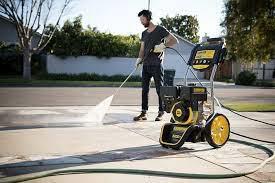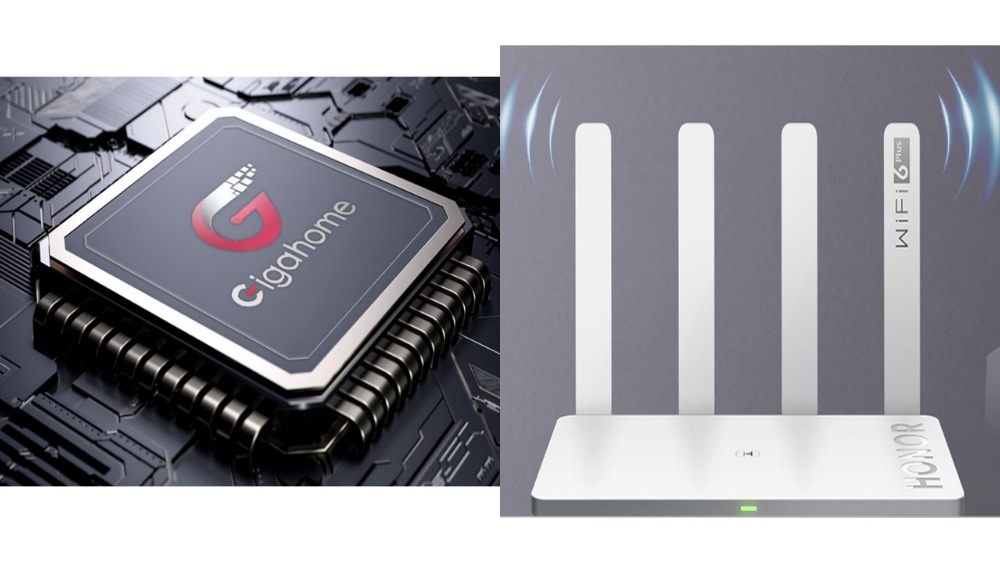Design for CNC machining has revolutionized the manufacturing industry, offering numerous advantages over traditional manufacturing methods. CNC (Computer Numerical Control) technology utilizes computer programs to control machine tools, resulting in precise and efficient production processes. This article explores the benefits of choosing CNC technology for design and manufacturing purposes. Bookmark more information on the website.
Enhanced Precision and Accuracy:
One of the key advantages of CNC machining is its unparalleled precision and accuracy. The use of computer programs ensures that every movement and operation is controlled with utmost precision, eliminating human error. This level of accuracy enables the production of complex and intricate designs with consistent quality, meeting even the most stringent requirements.
Increased Efficiency and Productivity:
CNC machining significantly enhances efficiency and productivity in the manufacturing process. With the ability to automate operations, CNC machines can work continuously without the need for manual intervention. This leads to faster production cycles, reduced lead times, and increased output. Moreover, CNC machines can operate 24/7, optimizing production capacity and maximizing productivity.
Versatility in Design and Material Options:
Designing for CNC machining opens up a world of possibilities in terms of design flexibility and material options. CNC machines can work with various materials, including metals, plastics, and composites, allowing designers to explore a wide range of options. The ability to be versatile allows for the production of intricate designs and complex geometries, which would otherwise be difficult or unattainable with conventional manufacturing techniques.
Cost-Effectiveness:
Contrary to popular belief, CNC machining can be a cost-effective solution for manufacturing. While the initial investment in CNC equipment may be higher, the long-term benefits outweigh the costs. CNC machines require minimal manual labor, reducing labor costs significantly. Additionally, CNC technology reduces material waste through precise cutting and optimized tool paths, resulting in cost savings on raw materials. The overall efficiency and productivity improvements further contribute to cost-effectiveness.
Reproducibility and Consistency:
Consistency and reproducibility are crucial in manufacturing, and CNC machining excels in delivering these qualities. Once a design program is created, CNC machines can reproduce the same part repeatedly with consistent quality. This eliminates variations caused by human factors and ensures uniformity in the final products. The ability to replicate designs accurately is particularly beneficial for industries that require mass production or the production of identical parts.
Rapid Prototyping and Iteration:
CNC machining enables rapid prototyping and iteration, allowing designers to bring their ideas to life quickly. With the ability to translate digital designs into physical prototypes efficiently, designers can test and validate their concepts before proceeding to full-scale production. This iterative process helps identify and resolve design flaws or improvements early on, saving time and costs in the long run.
Conclusion:
Designing for CNC machining offers a multitude of benefits, ranging from enhanced precision and efficiency to cost-effectiveness and design flexibility. The advantages of CNC technology make it a compelling choice for manufacturers seeking to optimize their production processes and achieve superior quality. By harnessing the power of CNC machining, designers can unlock new possibilities and bring their innovative ideas to reality with utmost accuracy and efficiency.












